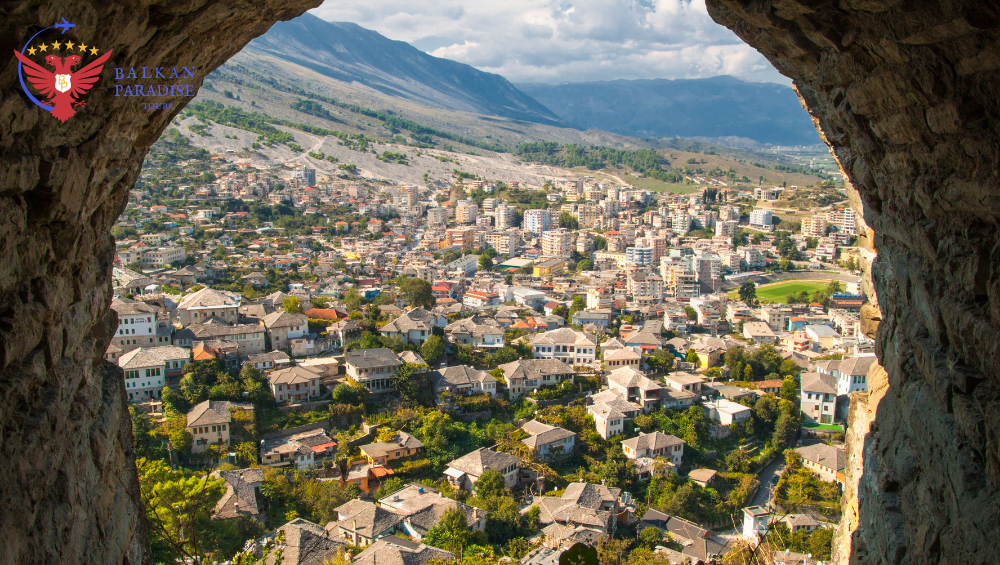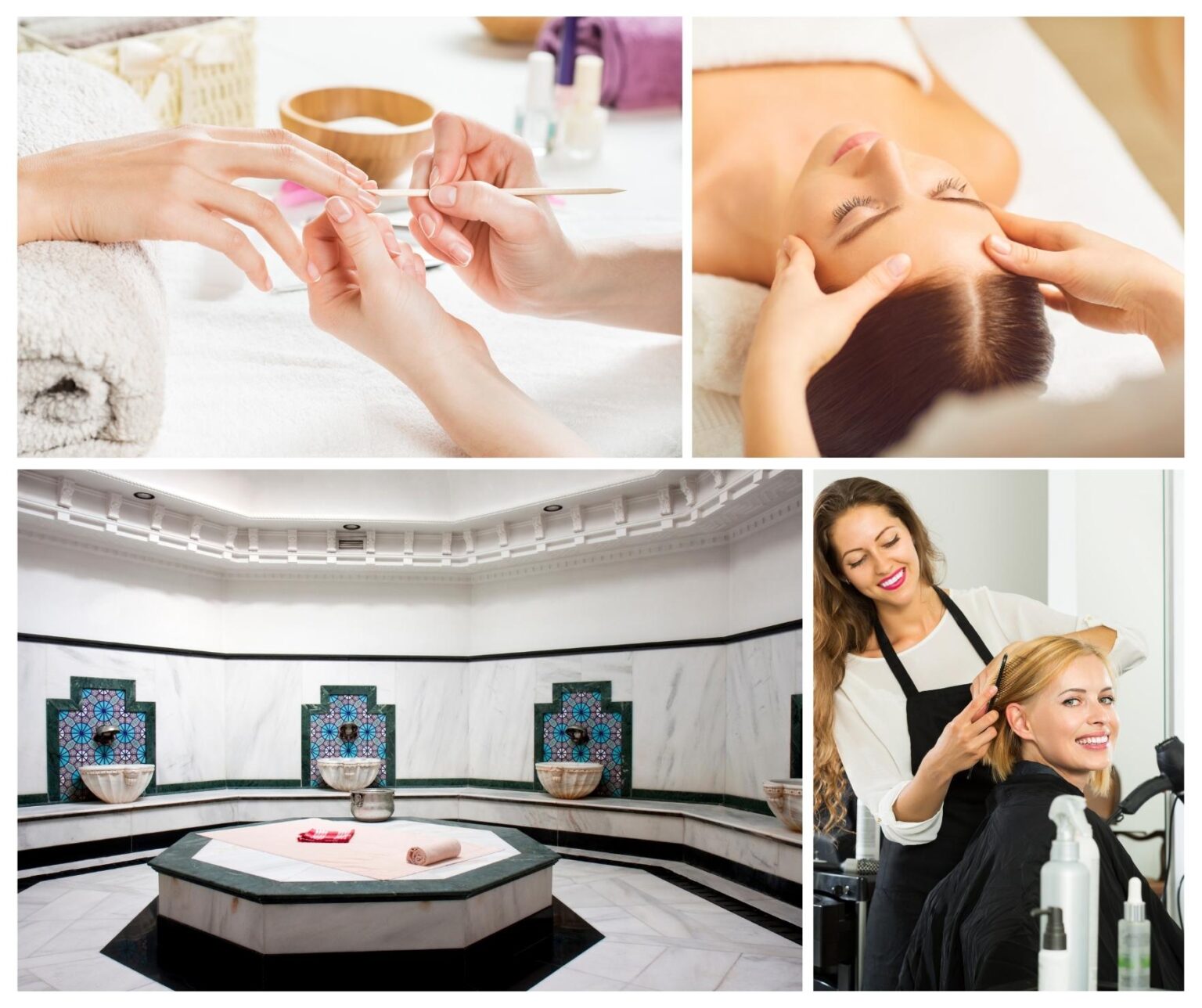More than 500 of Gjirokaster’s distinctive traditional houses have been designated as cultural monuments under the UNESCO scheme. From the fortress, you can see some of the most intricate symmetrical houses pressed into the hills that rise up above the bazaar.
None are more spectacular than the towering fortified houses.
Most of them date back to the 17th and 18th centuries. Inside, sleeping quarters, guest rooms and hammams are woven together by a network of passageways and secret doors, wrapped in multiple internal and external staircases. The flat stones used for rooftops are the reason Gjirokaster got its nickname, ‘The City of Stone’.
The traditional houses recommended to visit are:
Zekate House
With its twin towers and gravity defying double-story stone arches, is absolutely worth viewing from the yard outside.
Skenduli House
Built in the early 1700s, it’s the most opulent and the best-preserved house
The house has a bunker (made to protect its residents from canon fire rather than nuclear attack). Skenduli contains an impressive six hamam baths and 12 winter and summer rooms, plus a hidden mezzanine where women could sit and spy on their betrothed









